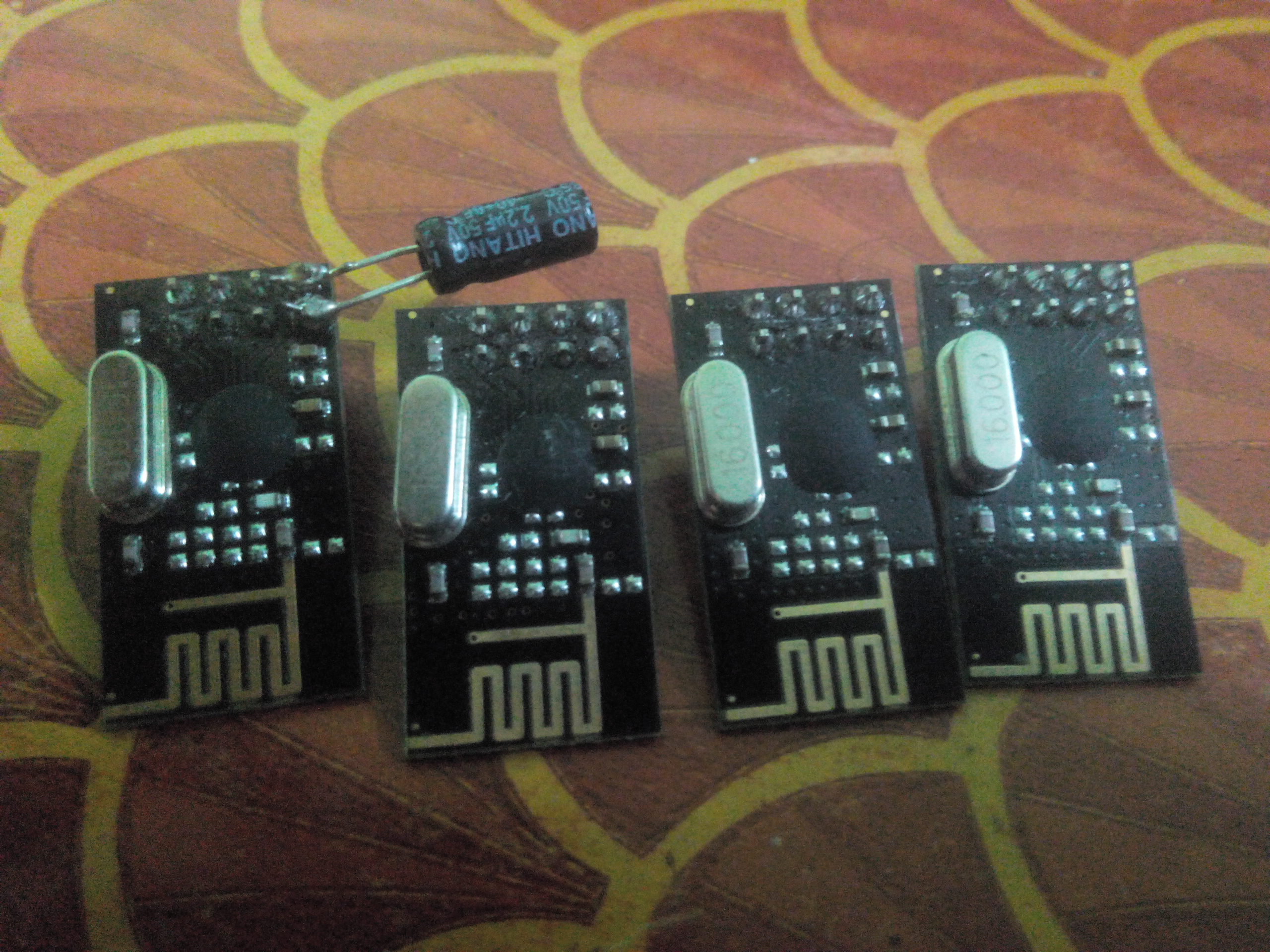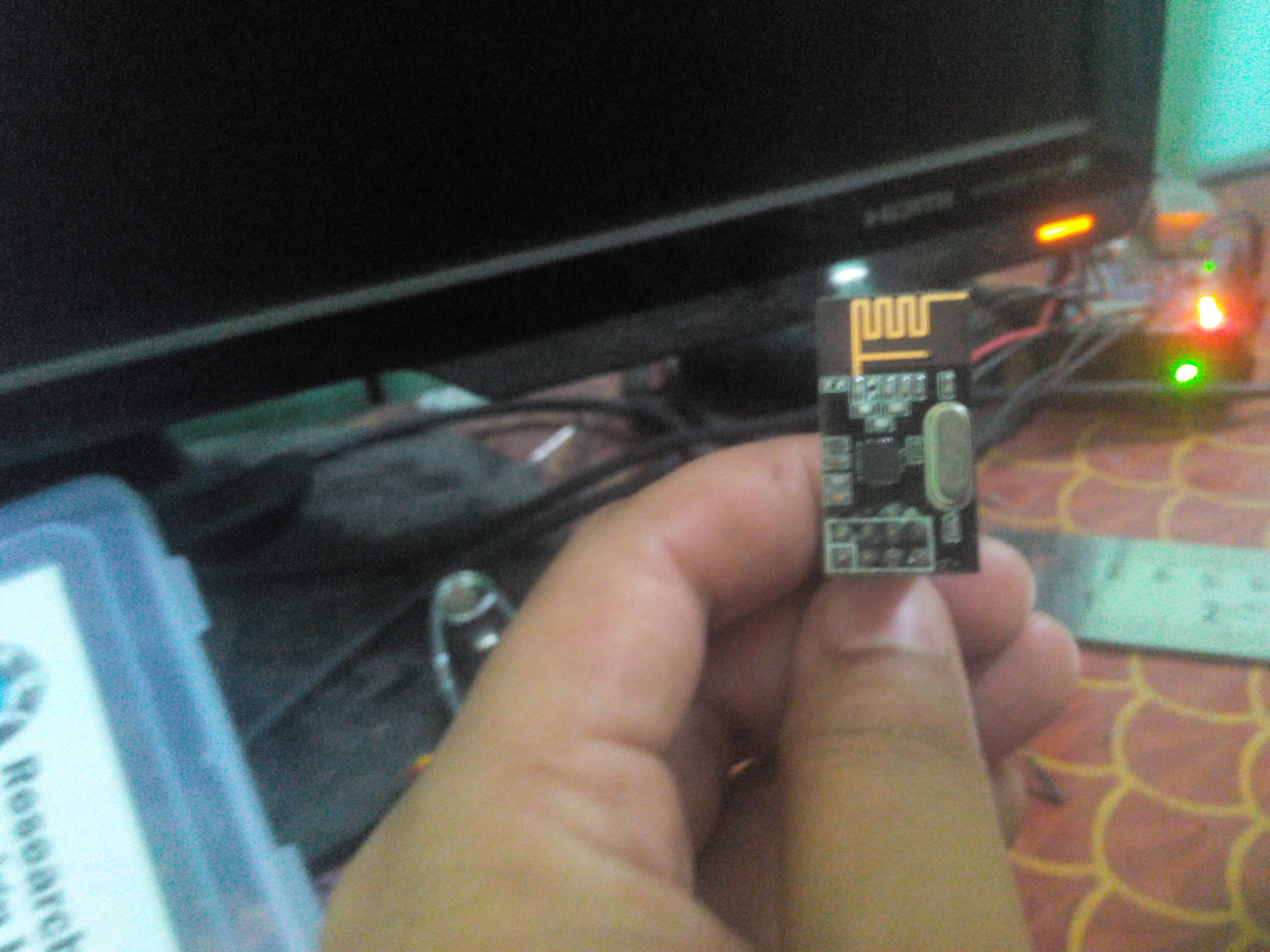@hexenmeister on top of explaining where can I get the nrf radio library file for eagle ?
mainali
Posts
-
Motion detector with measurement of light intensity, temperature and humidity in the flush box. -
Long Term Data Retention and GraphingI am building my own controller running on raspi with mysql as database so planning to integrate charts and graphs can give user a interactive view of the sensor data.
-
[security] Introducing signing support to MySensorsThanks a lot for all the Information
-
[security] Introducing signing support to MySensorsI had this concerned from beginning. I will sound like a noon, but I am working on building a custom controller with loads of user configurable interface. For sake of my understanding is there any diagram or video or any resource regarding how to interface the ATSHA204A with arduino @Anticimex .
If there is something like that it will be of a great help. I am going to post a video soon of my work in progress app which controls the devices. I am also working on a scenario where someone can use the normal switches(existing ones) to operate the device and app will update accordingly. Still making way through the ACK part and the hops as I am using Ruby to do all the work -
First sensor having radio issuesI am also trying something similar and I get fail in the serial monitor for all the relays I have connected. But after that everything works fine.
-
State of the physical switchI don't want to take out the panels which are holding the switches, max I can do is replace the switch with a Two Way switch, I planned on using ACS712 to sense the current and process the data accordingly in arduino to send a message to my controller but adding a current sensor to each and every switch seems to be a cumbersome process, Is there anything better then the way I am thinking.
Note: Removing the current switches completely is out of question at least for me case
-
State of the physical switch -
State of the physical switch -
State of the physical switchI am trying to control the switches in my house I am building my own controller to have all the flexibility that I desire. I am able to control the devices attached to the switches.
The problem is I want the control to be parallel, from app as well as the normal switch which are already present. I have replaced the switch with Two Way switch to achieve this, but I am not able to figure out the state of the physical switch. Is there a way I can know if someone activated a device from physical switch so that I can update the status of that device in my app. Someone can either switch ON/OFF the device using physical switch and corresponding state has to reflect on the app.
what are the ways in which I can achieve this feature
-
Someone Explain the Fields in send: 10-10-0-0 s=0,c=1,t=0,pt=7,l=5,st=ok:13.8@Xander Thank you for making this clear.
-
Someone Explain the Fields in send: 10-10-0-0 s=0,c=1,t=0,pt=7,l=5,st=ok:13.8Can someone explain what all these different values signify. Explaining each number with dashes and the letters and their values
-
What Happens to messages from Gateway when Node is not connected.What gateway are you using ? Vera uses mqtt protocol to send messages to gateway ?
-
What Happens to messages from Gateway when Node is not connected.@ferpando
I am following your post, but given the size of gateway code maintaining a queue will have space constraints. Just wondering implementing this on controller end will solve the problem or it has to be both ways.
I am writing my own controller after trying to use openHAB. Unfortunately for ruby there is just one library which is still in development and does not support Quality of Service beyond 0. Need to work on that to achieve messages are delivered exactly once. -
What Happens to messages from Gateway when Node is not connected.When I publish a message, GW takes care of sending it to the appropriate node. what if the node is not available, will the messages be sent later whenever the node gets reconnected.
Trying to understand if there is a support for QoS 1/ QoS2 as specified in MQTT documentation, is there a provision to make sure the message is delivered to the Nodes exactly once and receive ACK for the same. Message may be for nodes which may be far away and need multiple hops to reach, similarly the ACK has to be propagated to the client who issued the message.
I am kinda lost here, someone point me in right direction, has someone implemented or tried something which I am looking to do.
-
We are mostly using fake nRF24L01+'s, but worse fakes are emerging.I am a victim of those fake clones. As I was just starting with nrf, it took me 3 days of debugging to figure out that issue is with the RF module itself, it wont send ACK, altogether.I bought 5 of then for $4.

The other one I am using is little better but its not a nrf+, I had to disable the isPvariant(), check to solve the check wires problem.

-
Dimmer sensorCan the dimmer led actuator example be used to dim a AC 60w incandescent bulb connected 220v connection. If yes what are the modification needed.
when it comes to controlling the speed of a FAN or dimming a normal tungsten filament bulb. I have found so many answers but not a single one which explains all.
-
Arduino 220V AC wattmeterI have a relay connected to a two way switch, I want to know when the switch was pressed. Basically I want to control the device via both the switch and the app which controls the relay. In case someone switches on the device from physical switch I want to update the app to show that the device is switched on. Hence using the current sensor to sense the current between the switch.
-
Arduino 220V AC wattmeter@axillent said:
I made one. It is not just wattmeter, it is a 3 channel power switch with meter function per each channel
in general you have just two solution while you want to keep your arduino be isolated from AC line:
- using special chip like ACS712
in both ways you will need analog inputs to measure related voltage and you will be able to calculate current based on analog read
I have tried using ACS712 to check if current is passing through the circuit, from the sketch I am using, sometimes even though the switch is off I get readings, Is there a way to make it full proof so that if there is no current there should not be false reading.
Do you have any sketch related to the implementation?
-
Dimmer sensorI have kind of implemented the fan control with a new message type V_FAN, but anyways I will check this out and revert after testing
-
Arduino 1.6.0 and MySensorsI upgraded to 1.6.1 and tried writing the gateway code to arduino with the w5100 ethernet shield. The check wires problem still remains the same.
I did as mentioned in some post to disable the soft SPI and then uploaded the sketch and it worked fine. I guess w5100 problem still persists
